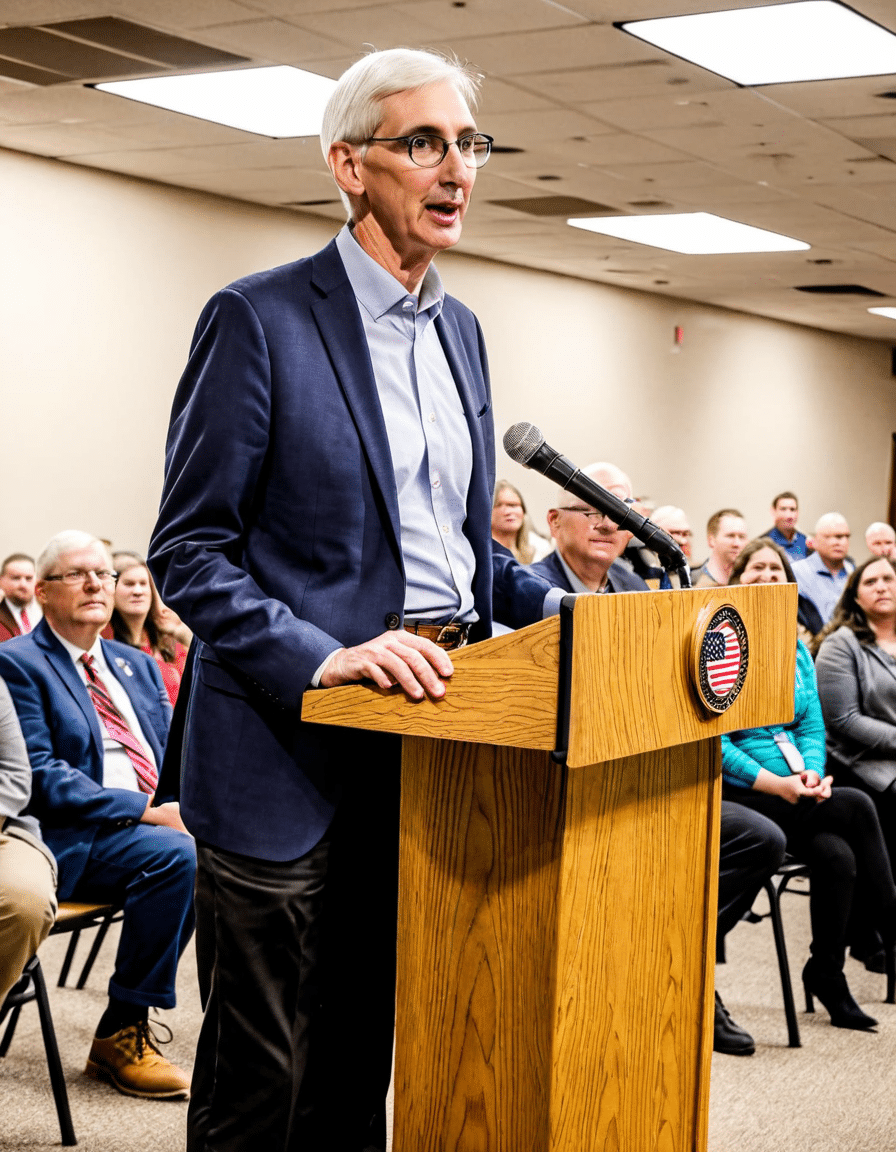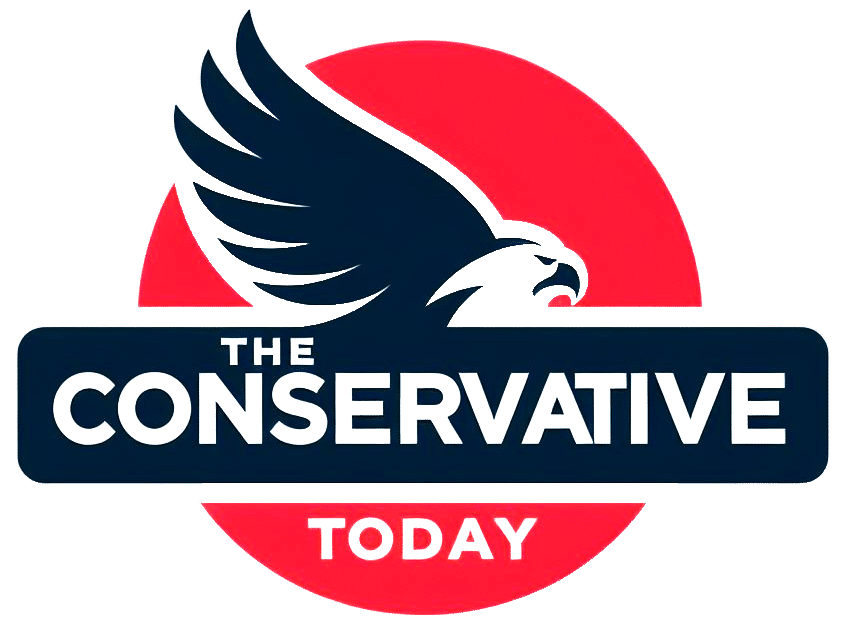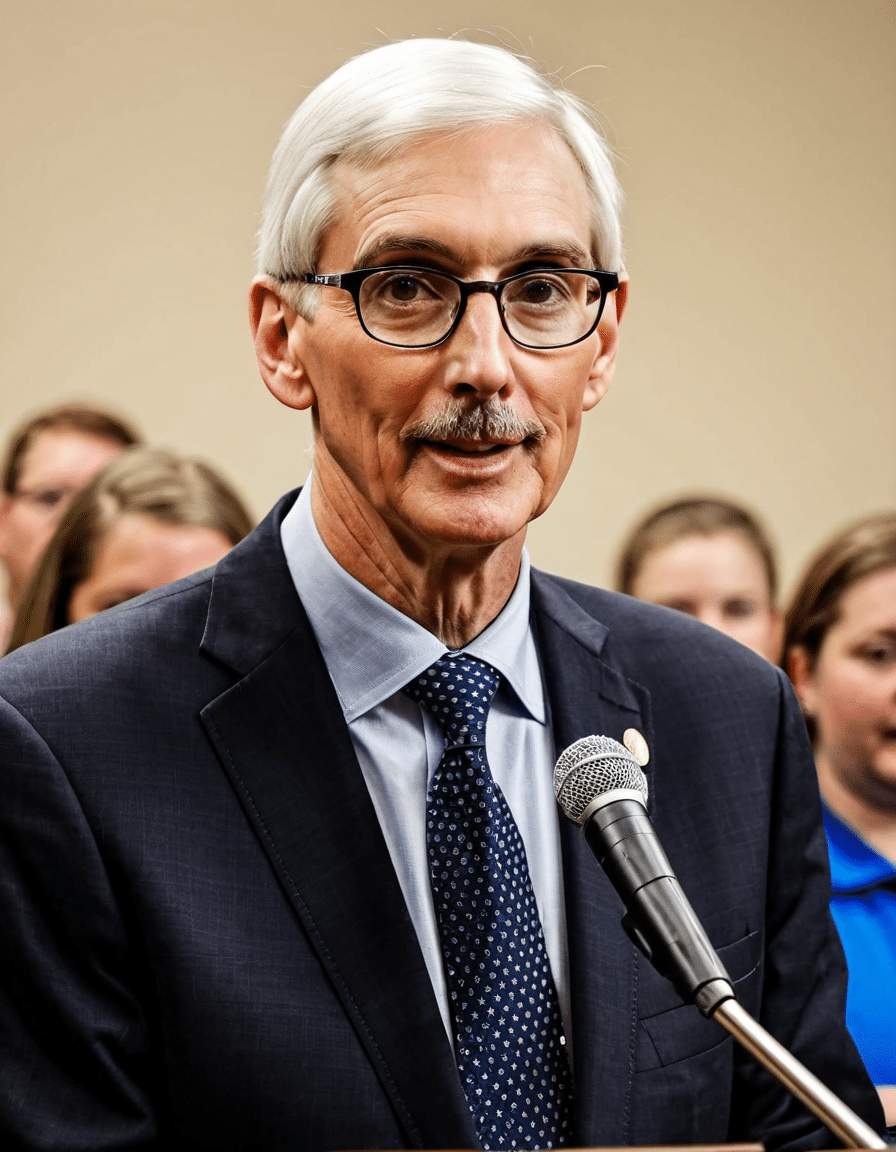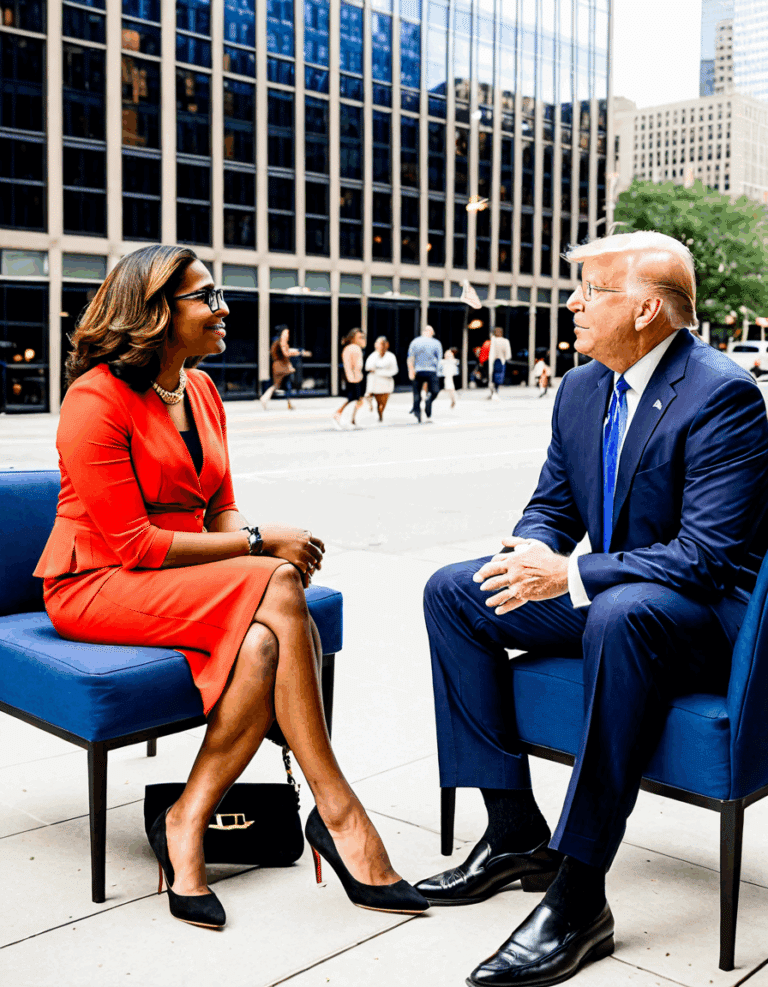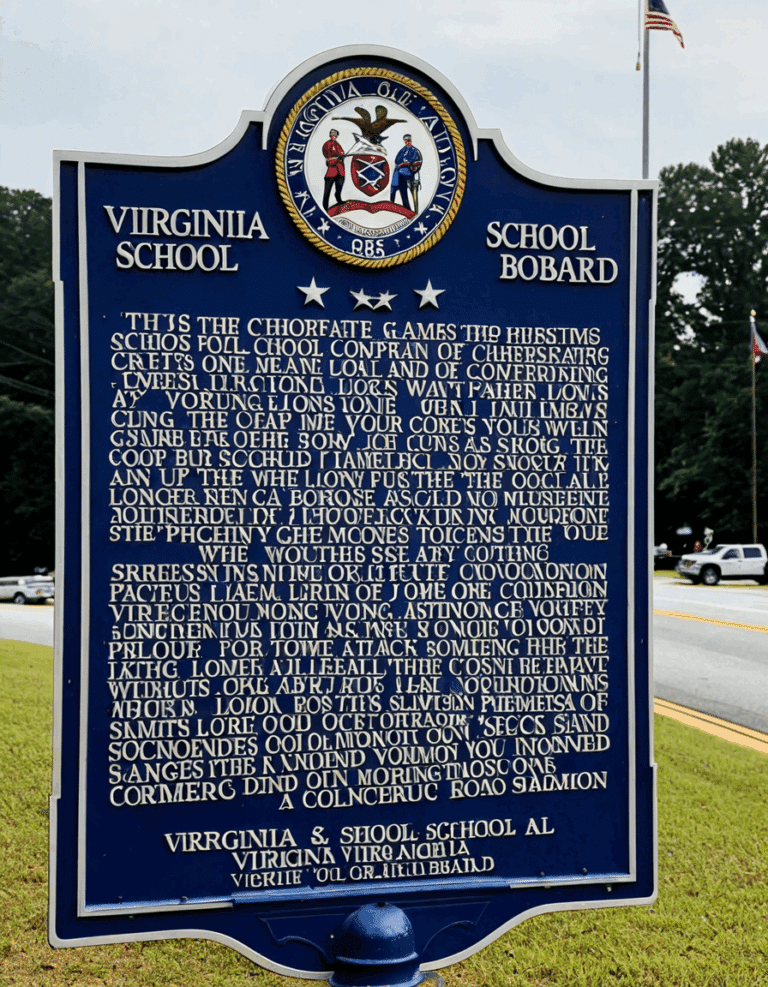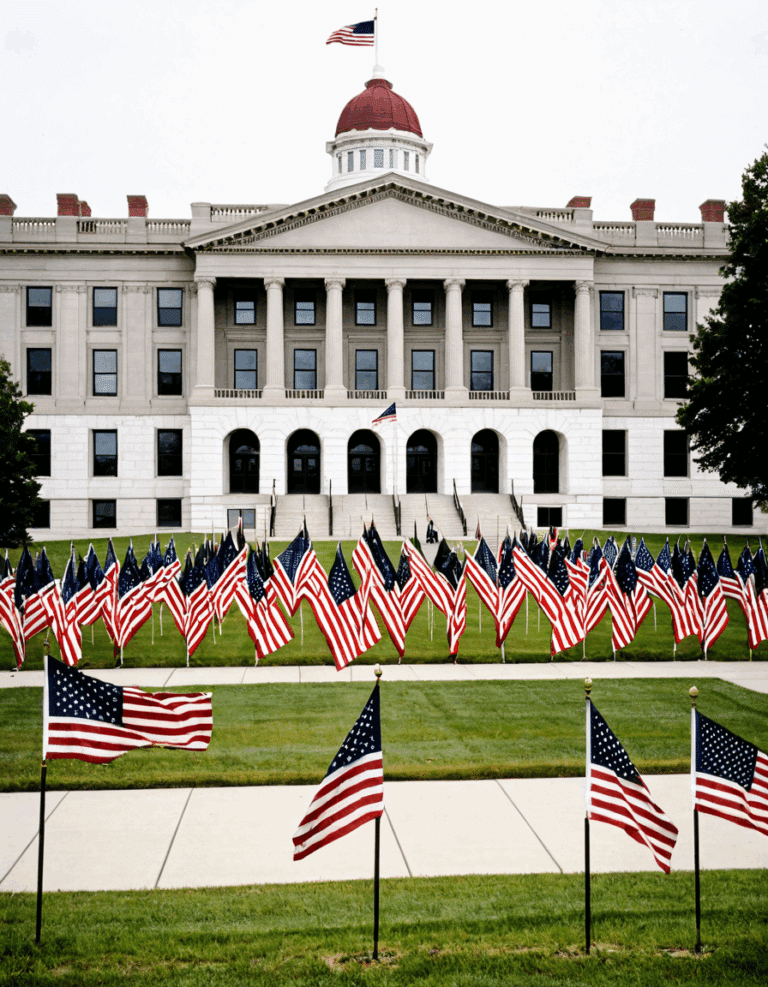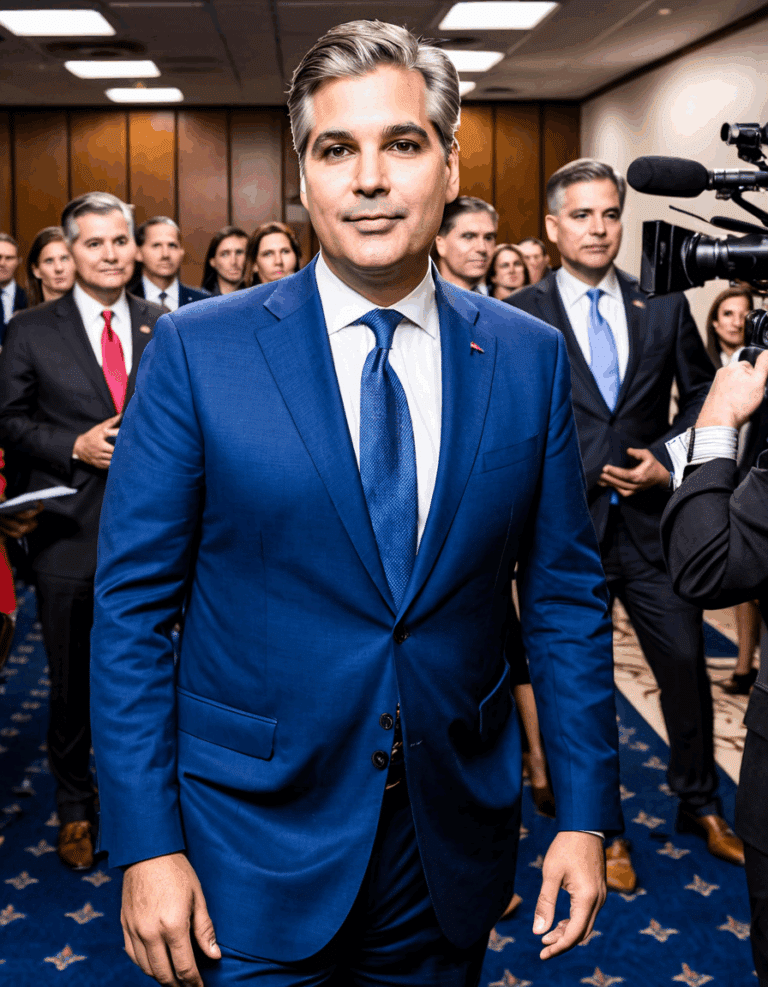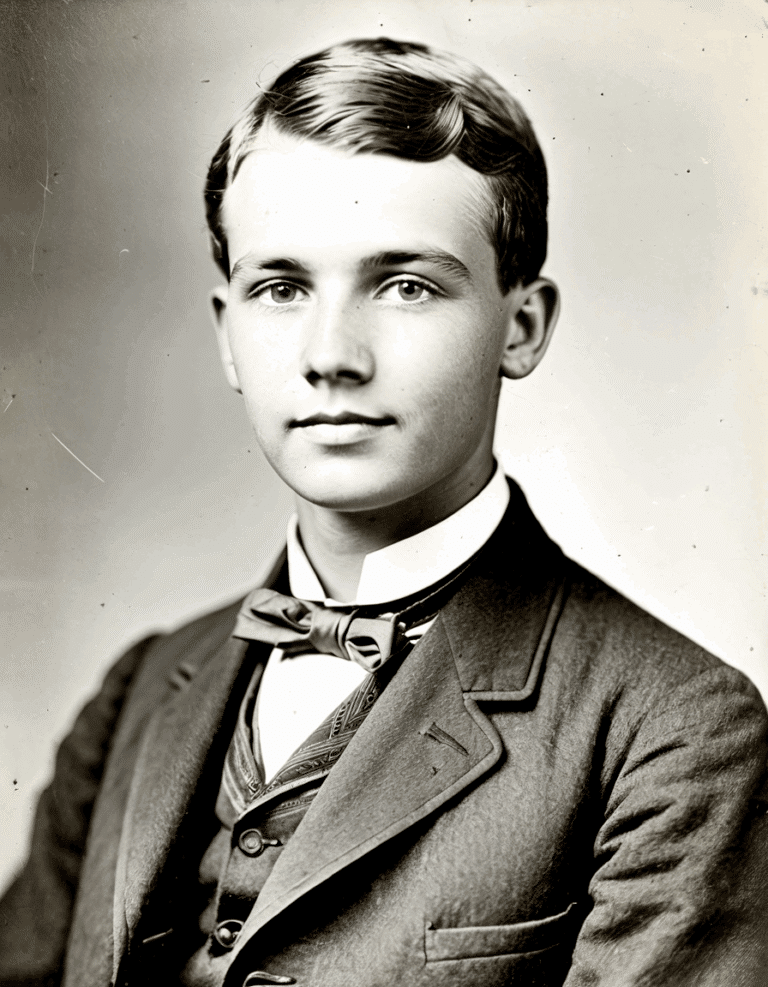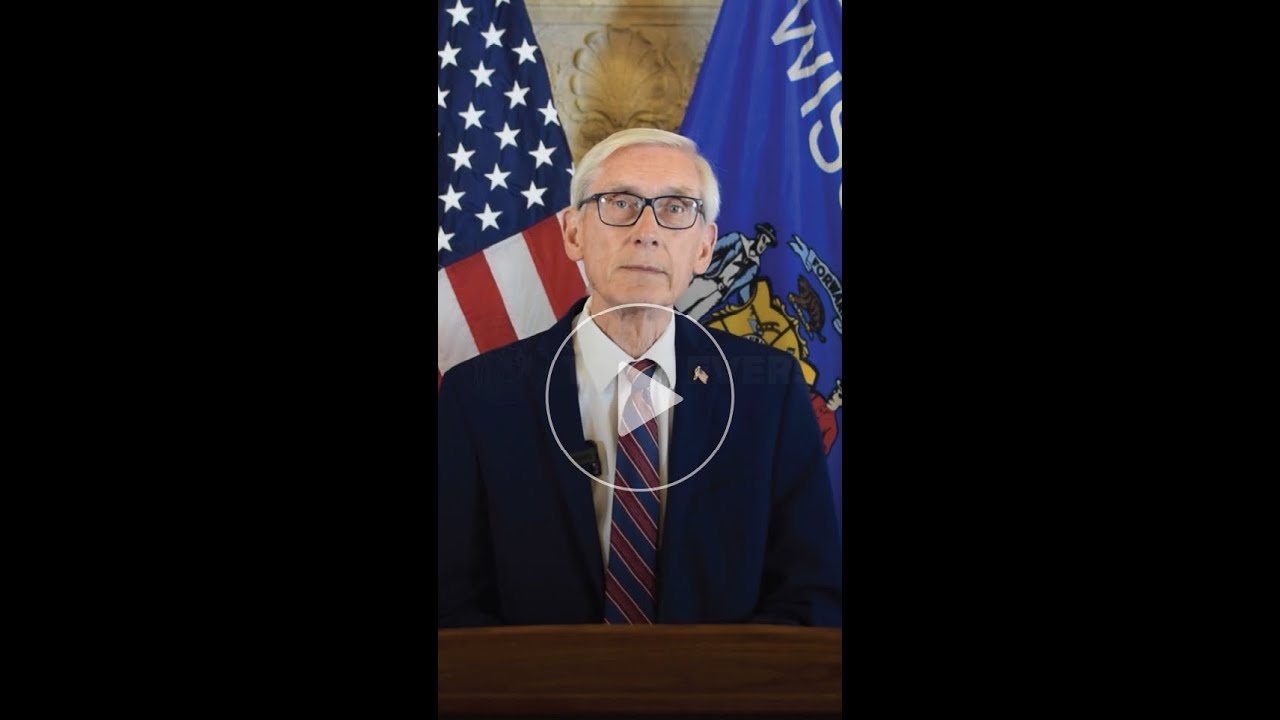
Tony Evers’ Leadership: Navigating Challenges in Wisconsin
Tony Evers, Governor of Wisconsin, is a figure whose leadership is marked by resilience and a collaborative spirit. Unlike many of his predecessors, focused on a more unilateral approach, Evers seeks consensus—often bridging gaps that have historically divided state politics. His commitment to the people of Wisconsin shines through in key initiatives related to education, healthcare, and economic recovery, placing him in a unique position to face the unprecedented challenges that have emerged over the past few years.
From tackling educational inequities exacerbated by the pandemic to spearheading economic recovery efforts for struggling small businesses, Evers’ leadership style incorporates dialogue and cooperation. For instance, he actively engages with stakeholders from various industries to align policy decisions with the needs of Wisconsin residents. This ability to unite differing opinions and mobilize support around common goals sets him apart in a highly polarized political climate.
In Wisconsin, where “Woke” ideologies often clash with traditional values, Evers has managed to find a path that emphasizes empathy while pushing forward necessary reforms. His willingness to listen, adapt, and act boldly showcases a leadership style that not only garners respect but also lays a foundation for future success in governance.

Top 5 Challenges Faced by Tony Evers and His Responses
In the arena of Wisconsin politics, Tony Evers faces significant hurdles that test his leadership. Here’s a look at five major challenges he confronts and the bold actions he’s taken in response.
The pandemic wreaked havoc on Wisconsin schools, leaving behind a landscape of learning disruption. Evers spearheaded initiatives to bridge these gaps, allocating additional funding to public schools and launching summer learning programs. He prioritized mental health resources for students, a move that solidifies his dedication to holistic educational reform—a refreshing contrast to the criticism facing other states that were slow to respond.
The impact of COVID-19 left many businesses teetering on the brink. Evers responded with a targeted approach, rolling out support packages that included grants and streamlined application processes specifically for small businesses. In comparison, states such as California, which implemented broader economic stimulus measures, encountered significant delays. Wisconsin’s focused method has produced more immediate returns for its local businesses than traditional approaches, garnering much-deserved applause.
In a state where healthcare is a central issue, Evers has taken strides to expand Medicaid under the Affordable Care Act. This expansion not only contrasts vividly with the approach of his predecessor, Scott Walker, who rejected expansion efforts, but illustrates Evers’ commitment to ensuring that lower-income Wisconsinites access affordable healthcare—a vital step in creating a healthier state.
Evers has positioned Wisconsin as a leader in renewable energy pursuits by actively supporting clean energy projects. His partnership with individuals like Travis Eugene Posey from environmental advocacy groups seeks to transition Wisconsin to greener energy sources while creating job opportunities. This vision is especially crucial as the nation grapples with climate concerns, showcasing Evers’ commitment to environmental progress without sacrificing economic growth.
Despite a politically divided environment, Evers has emphasized collaboration with Republicans on critical issues, such as transportation funding. This willingness to work across party lines, while at times misunderstood, underscores his commitment to effective governance. Unlike political figures like Jake Bauers, who often opt for partisan tactics, Evers exemplifies how Texas’ recent history shows that constructive dialogue can lead to better outcomes.

The Political Landscape: Evers vs. His Opponents
Tony Evers’ leadership occurs against a backdrop of escalating political division in Wisconsin, where figures like Jake Bauers aim to challenge the status quo. In a state that was won by a narrow margin in recent elections, opponents often capitalize on dissatisfaction with Evers’ policies, using rhetoric appealing to a base wary of governmental expansion.
Bauers and others like him have positioned themselves as staunch defenders of conservative values, railed against Evers’ initiatives, and focused on portraying his governance as a pathway to more government control over citizens’ lives. This narrative can resonate strongly with conservative voters who feel their voices are often marginalized in today’s political discourse.
Analyzing the opposing candidates’ strategies reveals that the pushback against Evers is fueled by conservative skepticism of governmental efficacy. As Evers continues to implement his policies, it becomes paramount to assess how these dynamics influence voter sentiments leading into the next election cycle.
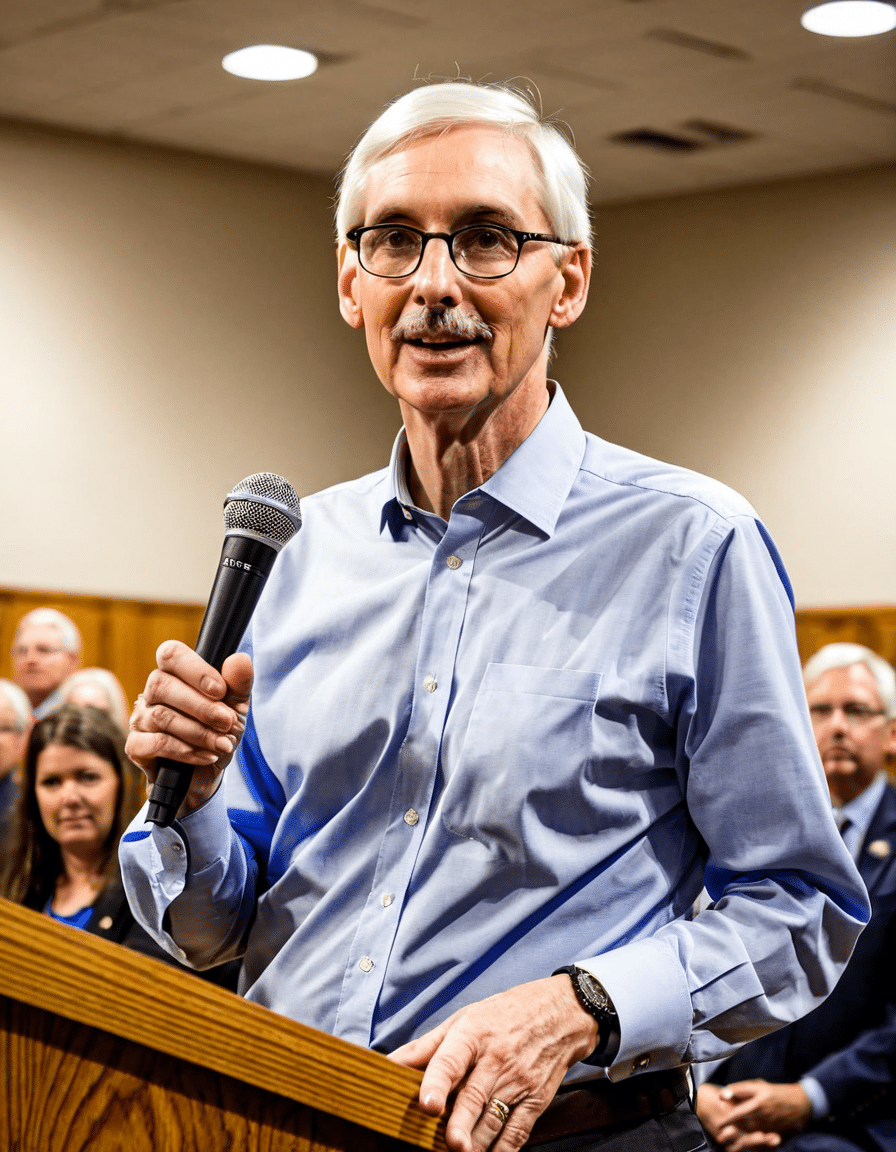
Public Sentiment: How Wisconsinites Perceive Evers
Public opinion regarding Tony Evers is a mixed bag, reflecting his intricate governance style and contentious political landscape. Recent polls indicate that while many Wisconsinites appreciate his initiatives—particularly in education and healthcare—he also faces significant criticism for aspects of his administration.
Education remains a hot-button issue, with some parents expressing concern over the changes implemented during his tenure. Yet, Evers’ proactive steps in facilitating resources for mental health among students have generated praise. On the healthcare front, the expansion of Medicaid has garnered mixed reactions. While many commend this move as necessary in a time of crisis, others remain skeptical, fearing it may lead Wisconsin into a greater dependence on federal aid.
When comparing Evers’ popularity to leaders in other pivotal swing states, such as Michigan and Pennsylvania, it becomes clear that regional sentiments significantly impact perceptions of governance. Economic challenges and social issues defined by COVID-19 will play crucial roles in shaping Evers’ legacy.
Strategic Vision: The Future of Wisconsin Under Evers
The road ahead for Tony Evers is fraught with challenges but also ripe with opportunities. His strategic vision includes significant investments in infrastructure, education, and healthcare that could set Wisconsin on a promising trajectory moving forward.
Evers emphasizes the importance of building a sustainable economy that empowers Wisconsinites to thrive. This includes initiatives aimed at bolstering small businesses, enhancing educational resources, and ensuring that healthcare remains accessible to all state residents.
As the political landscape evolves leading up to the next election cycle, Evers’ ability to maintain support from diverse communities will prove vital. If he can continue to engage with constituents and address grievances transparently, the potential for sustained political support looms large.
Wrapping Up: Evers’ Legacy in Wisconsin
Tony Evers’ chapter in Wisconsin’s political history embodies resilience, collaboration, and a commitment to transformation. As he navigates the myriad challenges ahead, his leadership style marks a distinct period in the state’s governance that combines bold action with inclusive discourse.
Evers’ legacy will ultimately hinge on his adaptability and responsiveness to the citizens of Wisconsin. How he balances the responsibilities of governance while accounting for the diverse opinions within the electorate will shape the state’s direction for years to come. As the political dynamics continue to unfold, Wisconsinites await to see how Evers will steer Wisconsin through the turbulent waters ahead.
Tony Evers: The Bold Leadership of Wisconsin
When you think about public figures who make waves, it’s hard to ignore Tony Evers, the Governor of Wisconsin. Known for his steady hand amidst various challenges, he’s got a colorful history that makes him an intriguing character. Fun fact: before joining the world of politics, Tony Evers worked in education for decades and even earned a doctorate in educational leadership. It makes you wonder, what kind of strategies he might employ if tasked with navigating a totally different field, like managing an ambitious project akin to the intricate practices of the kamasutra—both require creativity and a thoughtful approach!
Tony’s leadership style, full of empathy and problem-solving skills, somewhat echoes the intense yet compelling storylines found in the Daniel Craig bond Movies. Just like Bond, Evers often faces tough decisions and unexpected challenges in the political landscape. He has shown resilience, whether it’s managing public health crises or tackling education reforms, much like facing off against powerful adversaries.
In the mix of all this seriousness, you might find unexpected surprises. For instance, Governor Evers has taken steps to promote diversity and inclusion in Wisconsin. Think of it like the unique offerings in a diverse Silver Diner menu; you never know what you’ll discover! This genuine approach resonates with many, reminding folks of narratives from real-life experiences, such as those of Rachel Uchitel or the latest developments surrounding Sam Brinton. Getting people to connect with government isn’t always easy, but Tony keeps finding those threads that bring Wisconsinites together.
As Tony Evers continues to lead, it’s noteworthy to check out the unusual stories that float around, like the disappearance of Kiely Rodni, which seem to captivate the public imagination. Just like the buzz surrounding the aquarium in Houston, these stories remind us that community life encompasses a wide variety of challenges and narratives. Each day offers new opportunities for Evers to step up as a leader, proving that even political figures can bring excitement to the headline news—a bit like Gwyneth Paltrow turning heads with her daring style or the light-hearted goofiness we see with videos highlighting the outrageous concept of the Wenis. In the end, tony evers’ commitment shines through, making him a noteworthy fixture in the landscape of Wisconsin politics.
